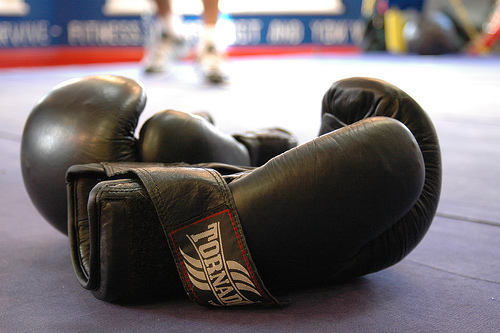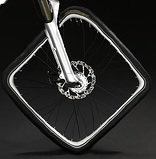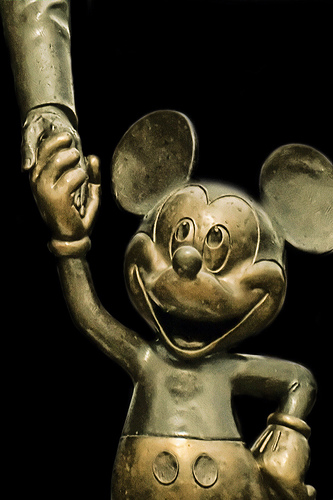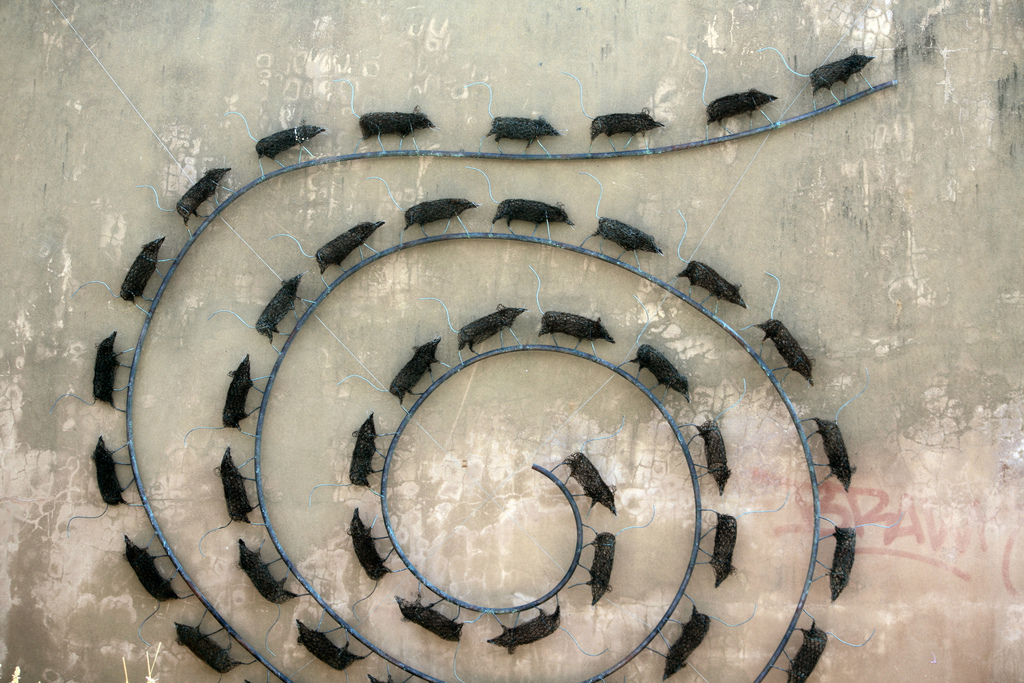 Lots has been said about Pepsi’s Refresh Everything Project. However, not as much has been said about Disney’s “Give a Day. Get a Disney Day.” Why?
Lots has been said about Pepsi’s Refresh Everything Project. However, not as much has been said about Disney’s “Give a Day. Get a Disney Day.” Why?
Both projects launched around the same time and both stand to do good. Thus, let’s match them up and see who’s left standing: Disney or Pepsi. Let’s begin.
********
Disney: Give a Day. Get a Disney Day.
What: Inspire one million people to volunteer a day of service.
How: Individuals can sign-up to volunteer at participating community organizations in their area. In return, that person will be awarded with a 1-day, 1-theme park ticket to the Disneyland® Resort or Walt Disney World® Resort, free.
When: Jan. 1, 2010–Dec. 15, 2010
Pepsi: Refresh Everything Project
What: Award a total of $20 million in grants.
How: Engaging in a social good crowdsourcing experiment.
When: Early 2010
Round 1: Program
Disney: It’s simple–give a day, get a day. It’s easy to understand and process. It’s national yet local–and is on the tail of national calls to service and volunteerism. It’s also collaborative by working with organizations across the nation. It’s also customizable and has something for everyone as any person wanting to participate can type in their zip code and find volunteer opportunities in eight different categories: animals and environment, arts and culture, children and youth, community, education and technology, health and human services, hunger and homelessness, and seniors and elder care.
Pepsi: It’s innovative, creative and “sexy.” It’s also a big investment–$20 million big. Pepsi is also a heavy hitter, and has entered the social good space by doing something new and doing it first, which can work to their advantage. The project is also inclusive–where anyone can submit an idea and anyone can vote up projects and ideas. Pepsi, like Disney, has also divided up the entries into different categories for people to consider: health, arts and culture, food and shelter, the planet, neighborhoods, and education.
Round 2: Usability

Disney: The landing page for this initiative is a bit buried and there is no friendly URL. However, once there, Disney outlines the steps a person needs to take pretty well and makes the process relatively simple. The downside-there’s a lot of small print.
Pepsi: For both Disney’s and Pepsi’s initiatives, you have to create an account. However, for those less technical, the Pepsi site may be harder to navigate and understand–given the complexity of the competition.
Round 3: Authenticity
Disney: This is being promoted–but not as heavily or perhaps just more traditionally as I have seen TV spots. You can argue you this two ways: First, perhaps Disney doesn’t want to dedicate as many resources to a do-good promotion. Or secondly, maybe they don’t want to wave their do-goodness around. Out of the two companies, I’d say Disney has had a tougher road to climb to gain consumer’s trust.
Pepsi: For Pepsi, the Refresh project was a cheaper investment than the Superbowl, and some would argue, is having a higher return on investment. However, it may be too early to tell just what the return on investment really is. What I have noticed–is that they are definitely promoting it through blogger outreach, social media, celebrity endorsement, television ads and Pepsi was also a sponsor to the Superbowl Fan Jam that aired on VH1. Some have also commented that Pepsi’s set-up of the Refresh Project doesn’t express a true commitment to the social change community and dub it more cause-washing. Either way, we’re all talking about it.
Round 4: Impact and Sustainability
Disney: In the short-term, a lot of projects will be accomplished. In the long-term, hopefully people will be inspired to continue volunteering and giving back to their communities. In addition, the participating organizations have an opportunity to engage new community members to their cause and build a long-term relationship with them.
Pepsi: In the short term, people can be inspired by the dreams and ideas for a better world. In the short term, many groups and individuals will receive much needed resources to make things happen and take the efforts to the next level. However, it will be the responsibility of these organizations to put the funds to good use and create and drive the impact and its sustainability. One could also argue it’s the voter’s responsibility to vote for those projects that will be sustainable.
Winner: Disney
While I give props to Pepsi, I think Disney edges them out and this is why:
 1. I understand it. My friends, who aren’t bloggers and aren’t techy, know about it, get it, and are participating. It’s simple.
1. I understand it. My friends, who aren’t bloggers and aren’t techy, know about it, get it, and are participating. It’s simple.
2. It works for both the short-term and the long-term. In the short-term, it encourages volunteering, while working to inspire volunteering as a normal and frequent experience in the long-term.
3. Everybody wins. The organizations get help and an opportunity to build a long-term relationship with volunteers. The volunteer gets a free ticket to Disney. Disney gets people in their parks where they are bound to buy food, souvenirs and more–not to mention the engagement and positive press.
4. It’s collaborative. Disney found a way to not just talk about collaboration, but actually do it. The Huffington Post even claims Disney’s program “is beautiful on so many dimensions.”
********
Where the Rubber Meets the Road
When defining the success of these initiatives, here’s the more important question:
- For Pepsi/Disney, did the project increase sales of Pepsi or encourage more people to visit?
- For the do-good community, what is the overall impact of these initiatives to our communities?
Now, what if it’s found that there is a larger impact to our community, but not an advance in sales? That is where I think the rubber will meet the road.. My hope, is that we can continue to learn from one another to make it a win-win so that more organizations think about doing good.
What are your thoughts–Disney or Pepsi?
Note, this write-up is without any specific background knowledge, research or documentation about these initiatives. Also, thank you Pepsi and Disney for embarking on these efforts, as I hope all of us continue to learn and discover new ways to make our world better.
flickr credit (in order): mrkalhoon, vrogy, Express Monorail




 The 3-year anniversary of Hurricane Katrina is August 25th. To reflect and highlight on the city’s current state of affairs and the changemakers within the city, Jerri Chou and team at
The 3-year anniversary of Hurricane Katrina is August 25th. To reflect and highlight on the city’s current state of affairs and the changemakers within the city, Jerri Chou and team at